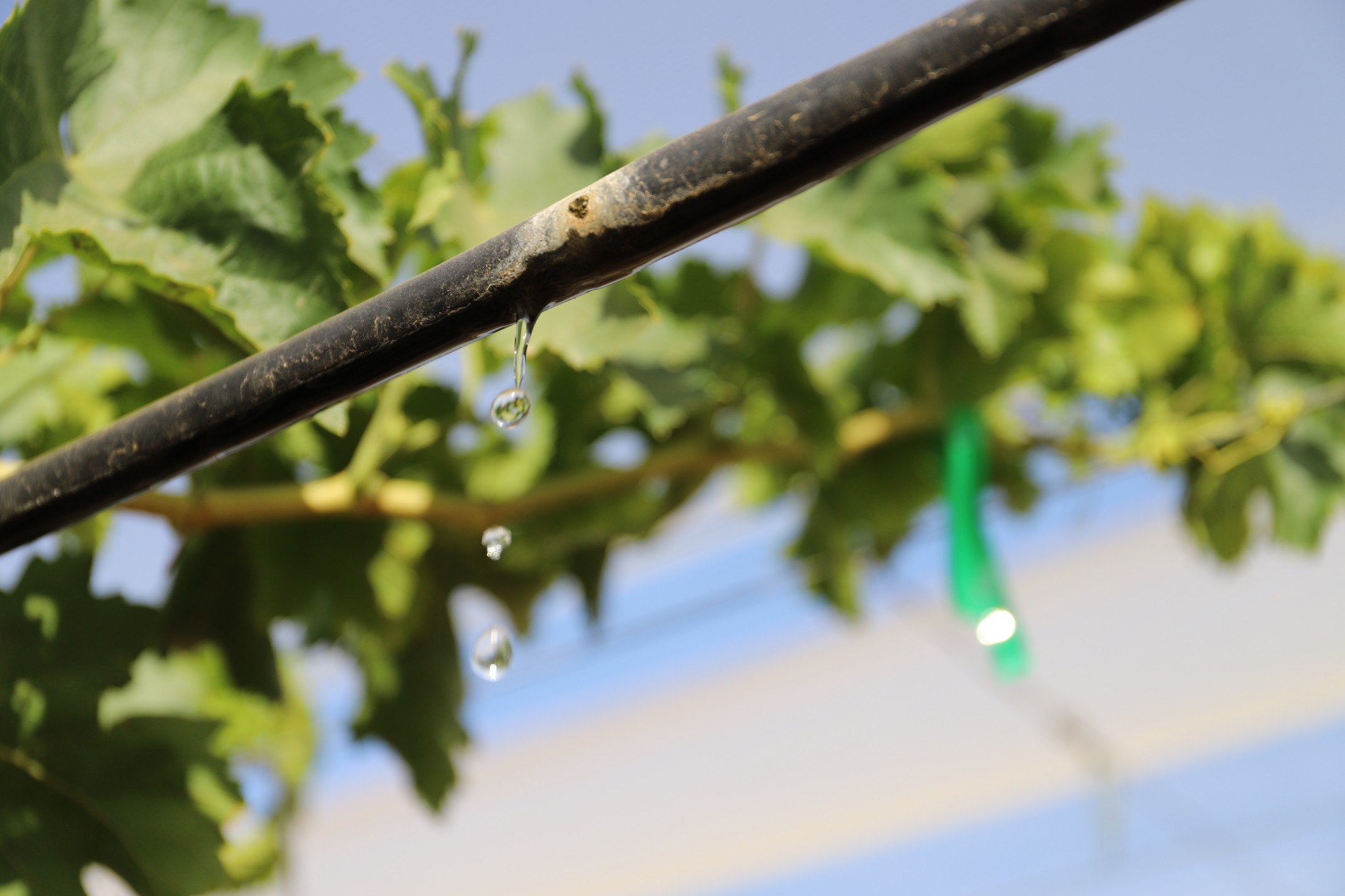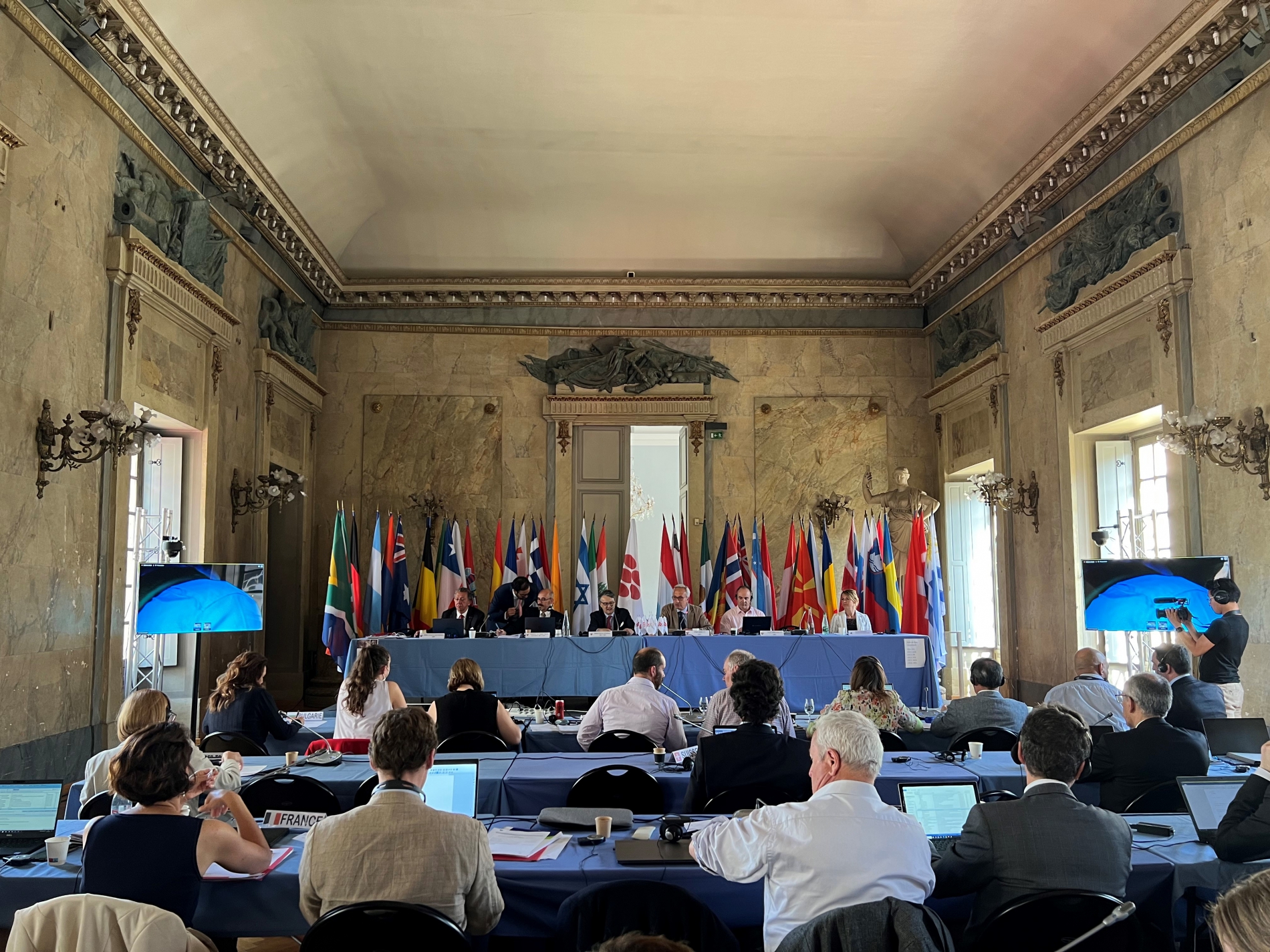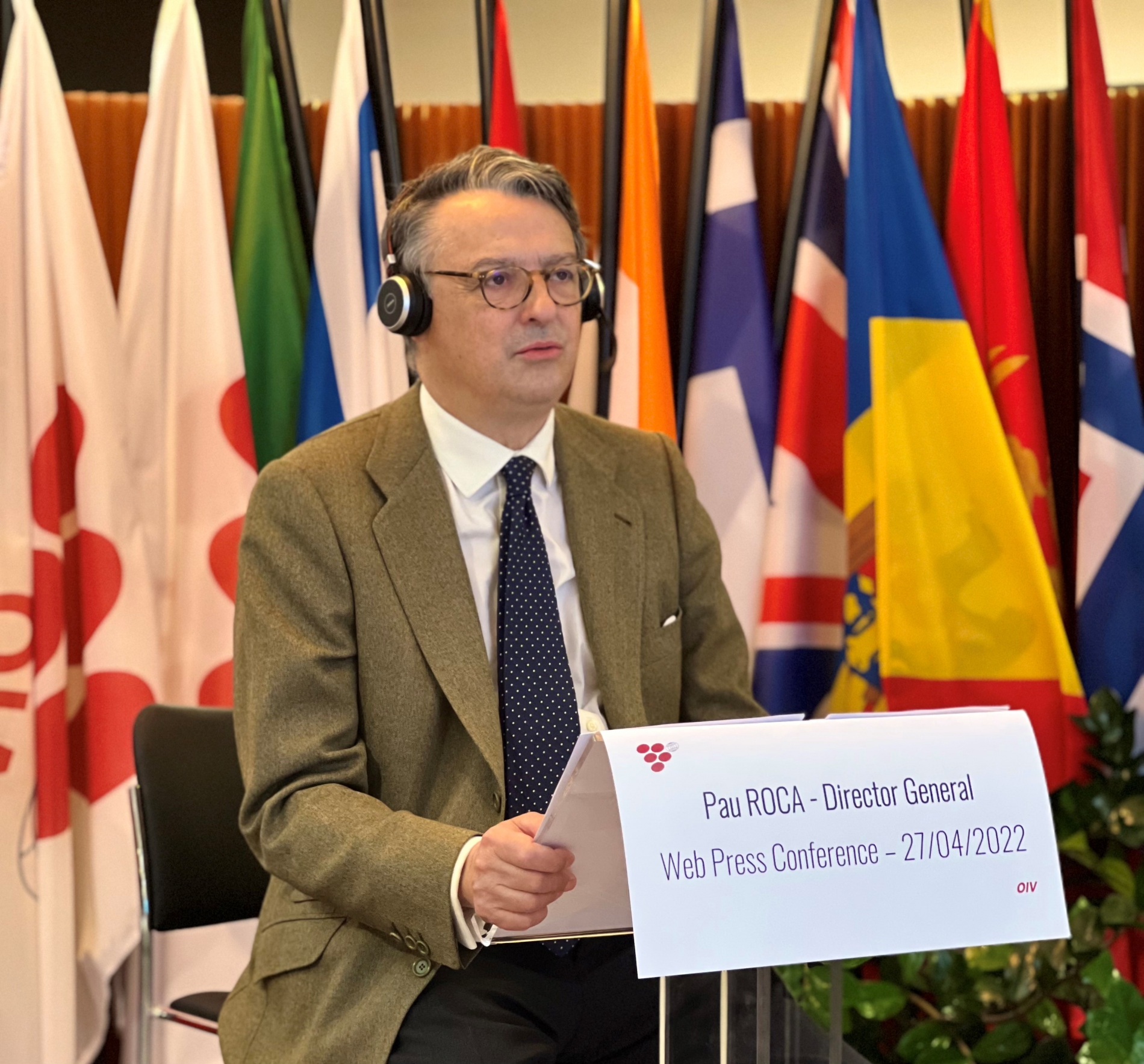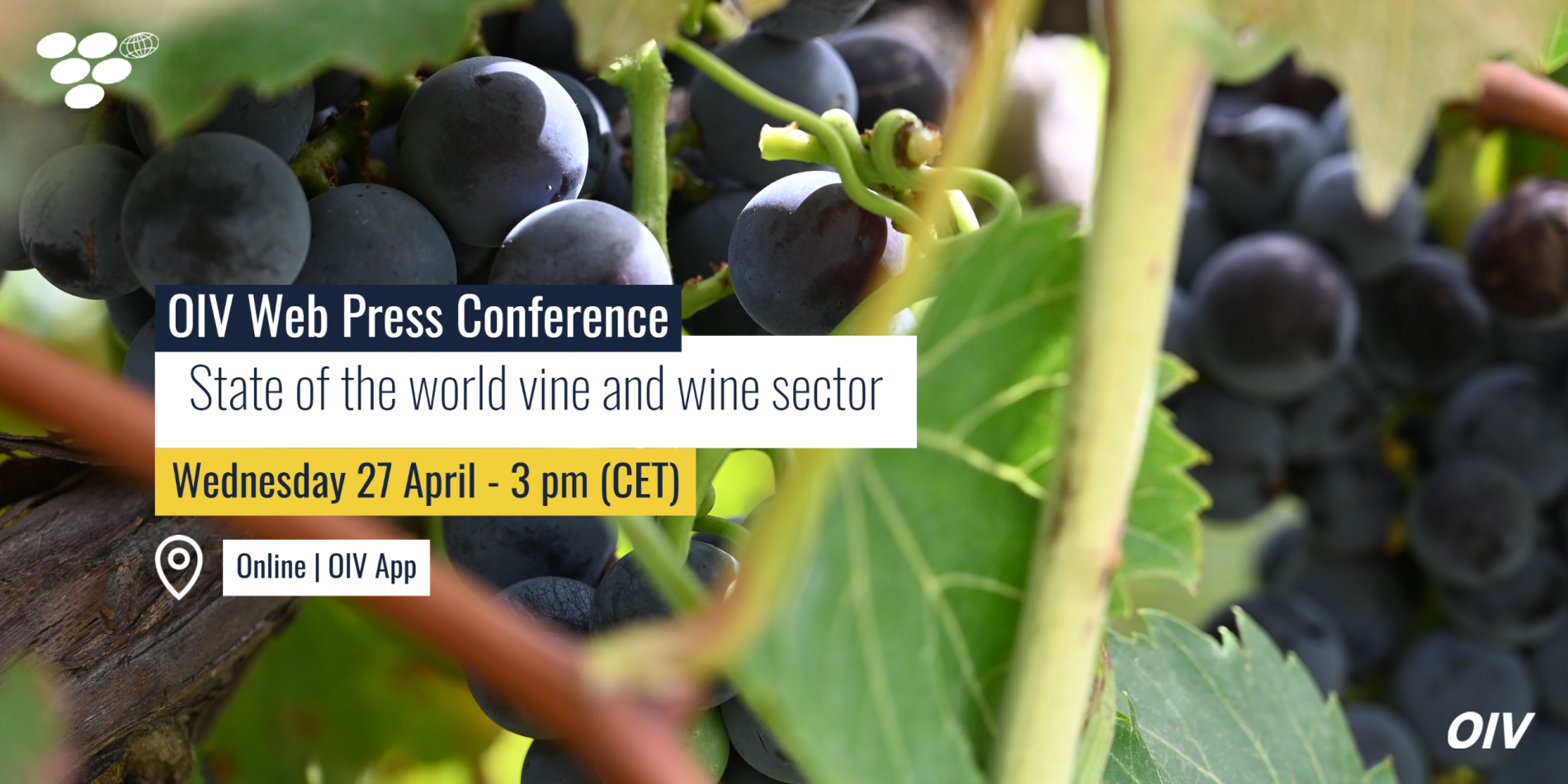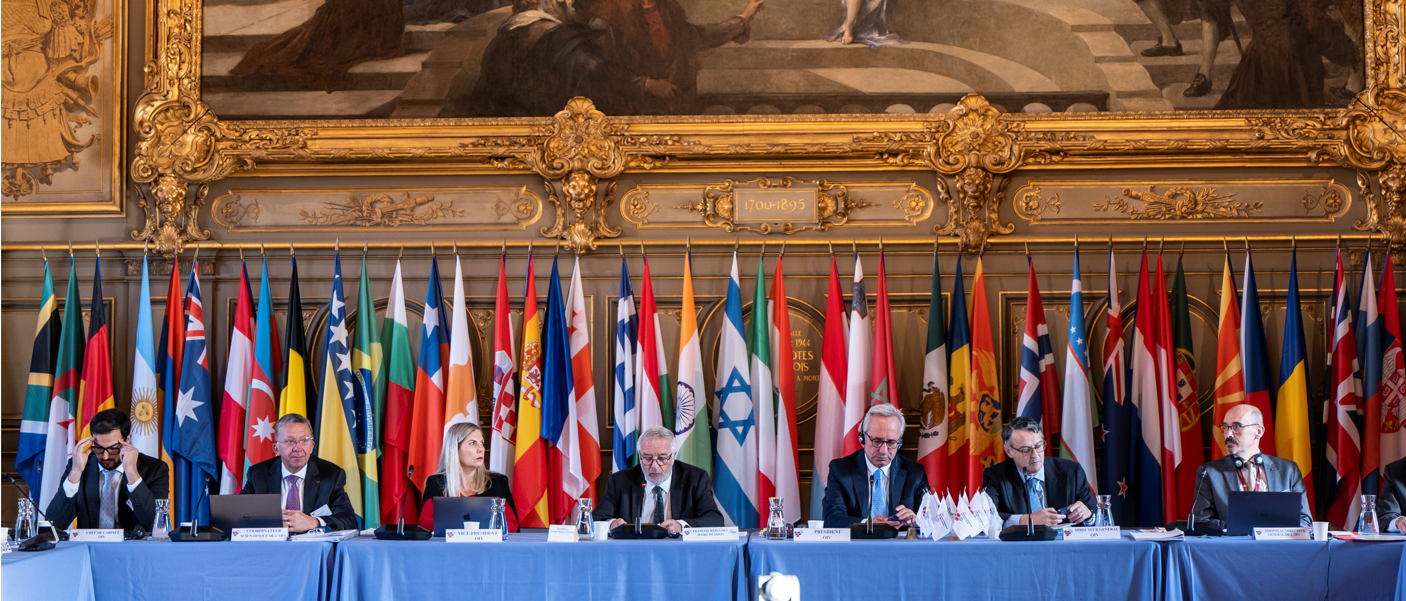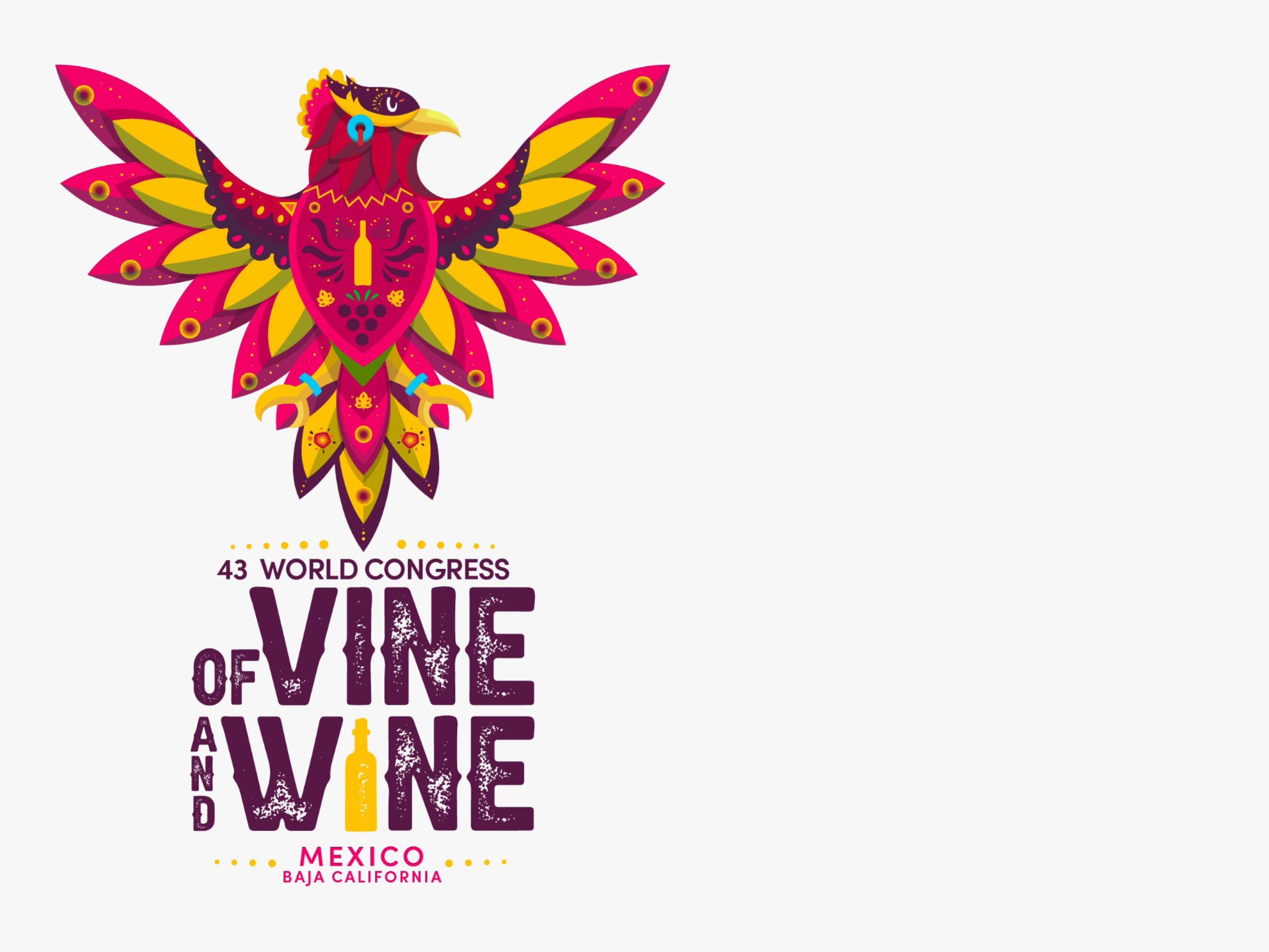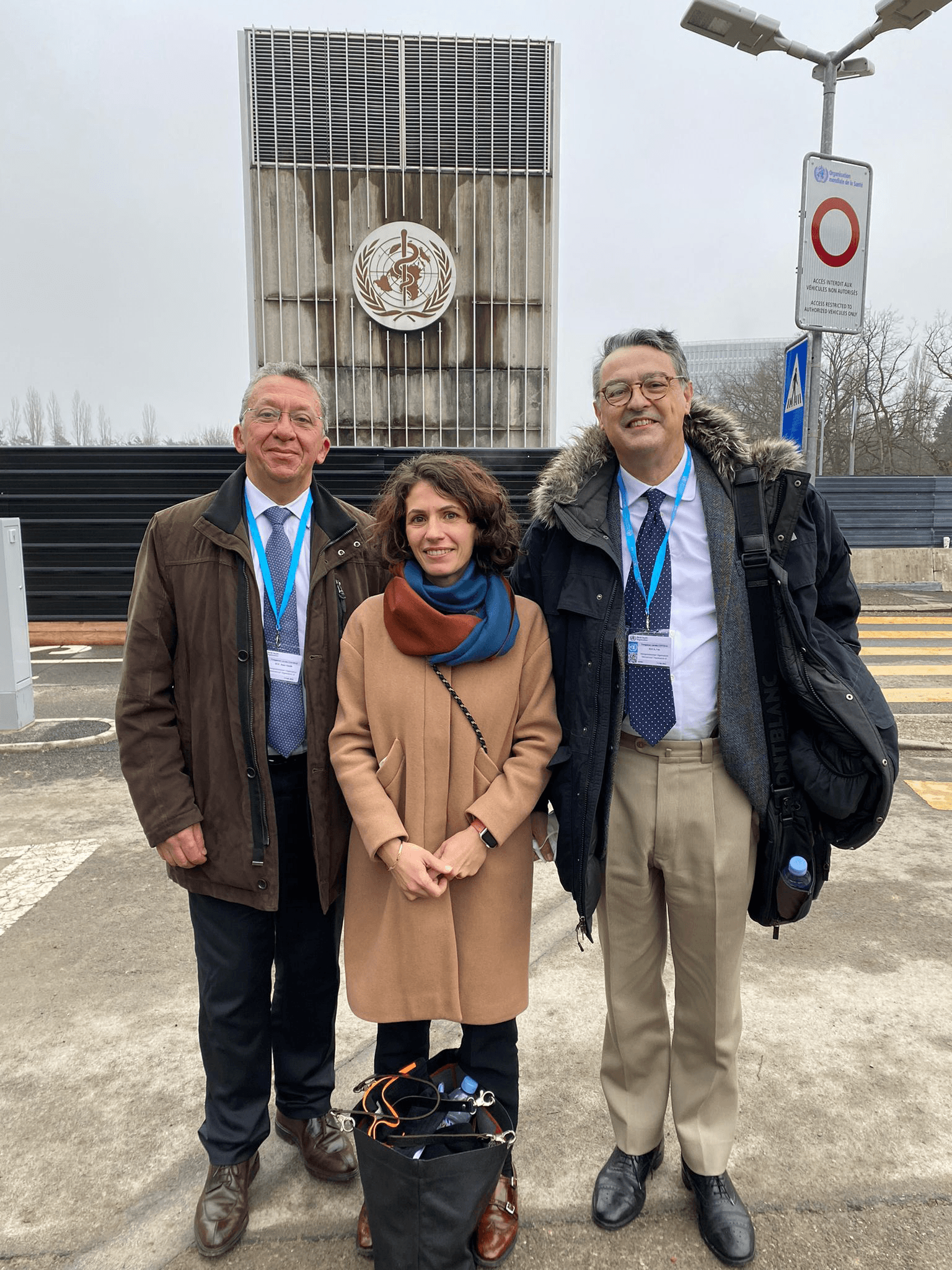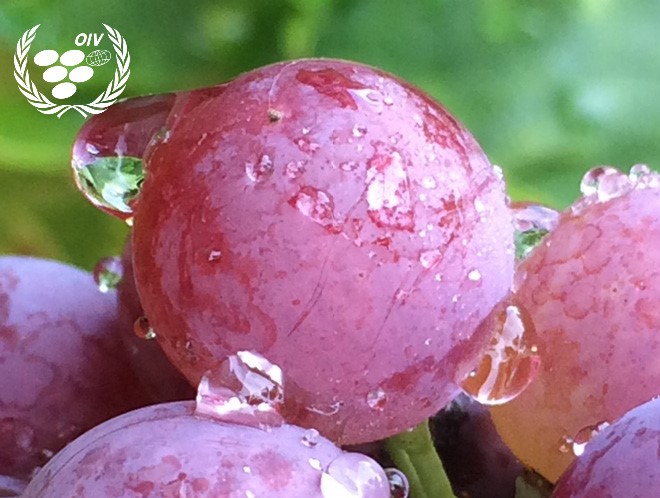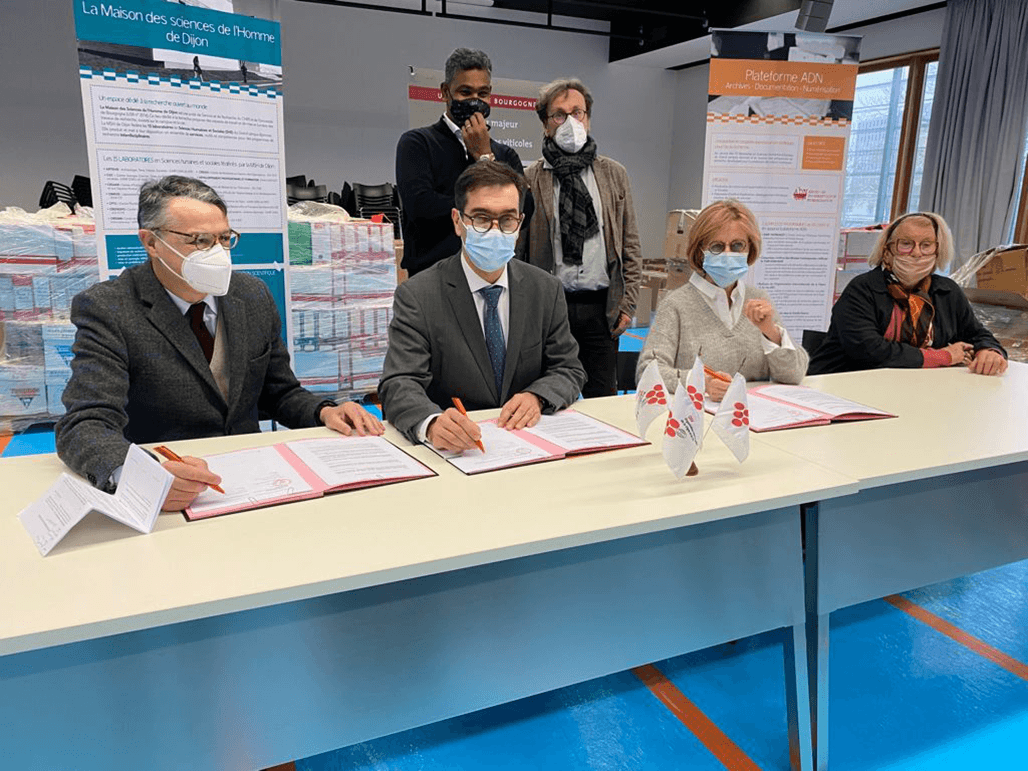29 Май 2022
The OIV Scientific and Technical Committee (CST) of October 2019 endorses the incorporation of the study of the use of water in the wine making process as an issue into the OIV work programme. A Task Force on Water into Wine has been established to deal with scientific and technical issues related to the addition of water in the wine making process and Prof Monika Christmann has been designated as rapporteur. This document brings together in its first part, the history of the notifications sent to the WTO and the second part is devoted to the state of art of the various regulations in this area. Addition of water is generally allowed for technological requirements and in particular to incorporate any oenological substances permitted for use as a food additive or a processing aid. In addition, the different regulations do not specify a maximum percentage of water used for technological requirements. The members of the Task Force have studied the requirements of exogenous technological water for the dissolution of oenological products and winemaking practices. The lack of knowledge and transparency on the quantities of water added for oenological questions actually poses a problem of legal insecurity for operators in international transactions. It is important to make all decisions based on science and to not let governments play with this unknown situation. This report identifies three main areas of investigation for the OIV in relation to the issue of water in the wine making process. 1.Methods of analysis 2.Provision regarding water addition for specific Technical needs 3.The impact of oenological practices
Read the report.
20 Май 2022
First meetings in Dijon, new OIV headquartersThe GA launched the procedure of ratification of the changes in the Founding Agreement to include the transfer from Paris to Dijon. The Director General and the President informed the Assembly about the procedure that will install the new office of the Organisation provisionally in La Cité internationale de la Gastronomie et du Vin. Part of this recently inaugurated complex was proposed by the City Council of Dijon while the works to habilitate the future headquarters in the Hotel Bouchu d’Esterno are underway. The works are expected to take two years. Texas new observer The State of Texas was accepted as new OIV observer. By joining the organisation as observers, Texas aspires to enter into contact with the rich network of experts from all around the globe. “We come to the OIV to learn from the best practices and the experiences of great countries of the world of vine and wine. Texas has lots of ideas and initiatives to share with the world”, said the deputy commissioner of agriculture of Texas in his intervention, Jason Fearneyhough. As a proof, the State shares the challenges identified by the OIV in Climate Change and Digitalisation. “We want Texas to be inspired by the world, and the world to be inspired by what we do in Texas", he added. 43rd Congress of Vine and Wine in Mexico After two years of pandemic and without having celebrated the respective congresses, Mexico was granted the first and most important event of the Vitivinicultural sector in the world now that the most dangerous effects of the COVID-19 pandemic have diminished. Mexico was chosen by the OIV Member States for many reasons such as: The geographical representation and growing importance in the vine and wine sector due to the country's commitment to increase its wine production. The 43rd World Congress of Vine and Wine is committed to being an inclusive, safe and sustainable event. To this end, a Sustainability and Best Practices Committee has been appointed to intervene in the design, planning, organization, execution and evaluation of the Congress. Read the full press release
25 апр 2022
Speaking from the OIV’s headquarters in Paris, by web conference, Director General Pau Roca presented on 27 April, information on wine production, consumption and international trade in 2021.Read the Press Release Press Release in Russian State of the World Vine and Wine Sector State of the World Vine and Wine Sector in Russian PPT Presentation REPLAY
15 мар 2022
Date: Wednesday 27 April 2021Time: 3pm CETLocation: Online and OIV AppLanguage: English / French / SpanishRegister HERE
13 фев 2022
1.Head of Unit: Viticulture Job Description: Under the supervision of the Director General and the direct authority of the Scientific and Technical Director, to participate in the smooth running of the OIV's scientific activity and mainly to ensure the animation of the Viticulture Commission, the Table Grapes and Raisins Sub-Commission and the dependent groups of experts.Location: Until 31 July 2022, Paris, FRANCE / from August 2022, Dijon, FRANCE. Date of entry into service: As soon as possibleHow to apply: Fill in the form and send it completed to: job@oiv.intDeadline for submitting application: 1 April 2022 at noon2. Head of Unit: Oenology Methods of analysis Job description: Under the supervision of the Director General and the direct authority of the Scientific and Technical Director, to participate in the smooth running of the OIV's scientific activity and mainly to ensure the animation of the Oenology Commission, the Methods of Analysis Sub-Commission and the dependent groups of experts. provide the secretariat for the Oenology Commission, the Sub-Commission on Methods of Analysis and the dependent expert groups, such as Technology Microbiology and Specifications of oenological products. Location: Until 31 July 2022, Paris, FRANCE / from August 2022, Dijon, FRANCE.Date of entry into service: As soon as possibleHow to apply: Fill in the form and send it completed to: job@oiv.intDeadline for submitting application: 1 April 2022 at noon3.Head of Unit: Safety and Health Job description: Under the supervision of the Director General and the direct authority of the Scientific and Technical Director, to participate in the smooth running of the OIV's scientific activity and mainly to lead the Safety and Health Commission and the dependent groups of experts. To provide the secretariat for the Safety and Health Commission and related expert groups, such as food safety, consumption, nutrition and health. More information in the FORM. Location: Until 31 July 2022, Paris, FRANCE / from August 2022, Dijon, FRANCE.Date of entry into service: As soon as possibleHow to apply: Fill in the form and send it completed to: job@oiv.int Deadline for submitting application: 1 April 2022 at noon 4.Data ManagerJob description: Under the supervision of the Head of the Statistics Department : Prepare and update questionnaires and statistical surveys, Receive, review and input data from Member States and other sources, Conducting online searches and data extractions, Check the completeness, internal consistency and plausibility of the data, Maintain appropriate technical documentation on data series and write methodological notes on OIV statistics, Participate in the maintenance of the statistical database. Location: Until 31 July 2022, Paris, FRANCE / from August 2022, Dijon, FRANCE.Date of entry into service: As soon as possibleHow to apply: Fill in the form and send it completed to: job@oiv.intDeadline for submitting application: 1 April 2022 at noon.2.Secretariat Scientific and Technical DepartmentJob Description: Under the supervision of the Director General and the direct authority of the Scientific and Technical Director and in coordination with the Heads of Unit, the Secretary of the Scientific and Technical Unit will ensure: management of commission, sub-commissions expert group meetings, delegation requests, convocations, calendars, badges; follow-up on the evolution of draft resolutions and comments, as well as minutes, agenda, formatting ; publication/dissemination of working documents; management of the collaborative work platform; delegation managementLocation: Until 31 July 2022, Paris, FRANCE / from August 2022, Dijon, FRANCE.Date of entry into service: As soon as possibleHow to apply: Fill in the form and send it completed to: job@oiv.intDeadline for submitting application: 1 April 2022 at noon
09 фев 2022
The 43rd World Congress of Vine and Wine and the 20th General Assembly of the International Organisation of Vine and Wine (OIV) will take place from 31 October to 4 November in Ensenada, Baja California, Mexico, at Baja California Center. To know more about the Congress and register, please check the Congress Website Members of the vitivinicultural scientific community are invited to submit an abstract on the OIV platform of abstracts Important dates: • Deadline for the submission of abstract: 23rd April 2022 • Information about the decision:26th May 2022 • Deadline for the final papers submission: 9th September 2022 Read the call for papers here Baja California is one of the 14 wine-producer states. It currently contributes 75% of national production. It geographically adjoins the Pacific Ocean, obtaining its Mediterranean weather, ideal for wine production. The agricultural valleys are located between 20 and 550 meters above sea level; Baja California currently houses 260 vine producers, 170 winemaking projects, which represent 70% county-wide. It is the state with greater grape diversity used for winemaking production-wise and experimental-wise. Our well known Valle de Guadalupe is a wine tourism platform for oenophiles, but also for people that want to introduce themselves in the wine industry.
02 фев 2022
In December 2021, the BECA- the European Parliament’s Special Committee on Beating Cancer -approved its report which stated that there is no safe level of alcohol consumption. Now, the European Parliament will vote on 14th of February the adoption of the report that could recommend to include “health warning labels”. Therefore, wine could be considered as a potential carcinogenic beverage along with other alcohol beverages and as we see today with tobacco. However, the OIV has always encouraged responsible drinking and has published many works on the research into the effects of moderate wine consumption on health. Wine could be considered as a potential carcinogenic beverage along with other alcohol beverages and as we see today with tobacco. Therefore, and given the common objectives with the World Health Organisation in promoting a healthy way of life, cooperation must be crucial between both Organisations and we need to foster a full transparent space for participation.
Read Russian Version here
01 фев 2022
Registration form: www.oiv.int or jurydesprix@oiv.int● Paper printed books with PDF in the 12 categories.● Interactive digital tool (E-learning, Website…) in the categories: Viticulture and Sustainable Vitiviniculture, Oenology, Vitivinicultural Economy and Law, History, Literature and Fine Arts, Wine and Health.Advertising and commercial documents are not accepted.For more information: [FR] [EN]Further information: jurydesprix@oiv.int
31 янв 2022
Plus de 180 cartons contenant près de 6000 ouvrages et 40 m3 d’archives de l’OIV sont arrivés à la Maison des Sciences de l’Homme à Dijon aux fins de traitement numérique dans le cadre du programme de transformation digitale adopté par les Etats membres de l’OIV.Le directeur générale s'est réjoui de renouveler avec l’Université de Bourgogne et le Centre National de la Recherche Scientifique la collaboration qui a déjà permis en 2016 la numérisation complète du Bulletin de l'OIV (1927-2014). Les 1000 numéros numérisés et indexés sont accessibles sur la plateforme numérique de la MSH.Cette nouvelle étape, planifiée sur trois ans, devrait permettre le dépouillement, le classement et la cotation du fonds d’archives et du fonds d’ouvrages de l’OIV, constitutifs d’un patrimoine scientifique et historique exceptionnel.Après un inventaire descriptif et bibliographique, la numérisation des archives et d’ouvrages anciens permettra de mettre à la dispositions des experts, des délégués, des chercheurs et aussi du grand public, un fonds unique spécialisé dans le domaine de la vigne et du vin, témoin du premier centenaire de l’OIV.Le Président de l’Université a souligné l’importance de cet accord qui renforce la reconnaissance du pôle spécialisé de traitement documentaire de la plateforme « Humanités Numériques » de la MSH. Cette nouvelle étape de coopération permettra de valoriser la création d’un centre mondial de documentation vitivinicole. Vincent Thomas s’est également félicité que ce projet associe la Chaire UNESCO « Culture et Tradition du Vin », renforçant ainsi le positionnement international de ce partenariat.A l’occasion de cette visite, le Directeur général de l’OIV a également poursuivi avec le maire de Dijon, François Rebsamen, les échanges sur le processus de mise à disposition de l’Hôtel Bouchu d’Esterno dans lequel l’OIV installera son siège en 2024 pour le centenaire de l’Organisation. Pau Roca a également visité les locaux de la Cité Internationale de la Gastronomie et du Vin qui accueilleront le secrétariat de l’OIV à partir du mois d’aout 2022.
